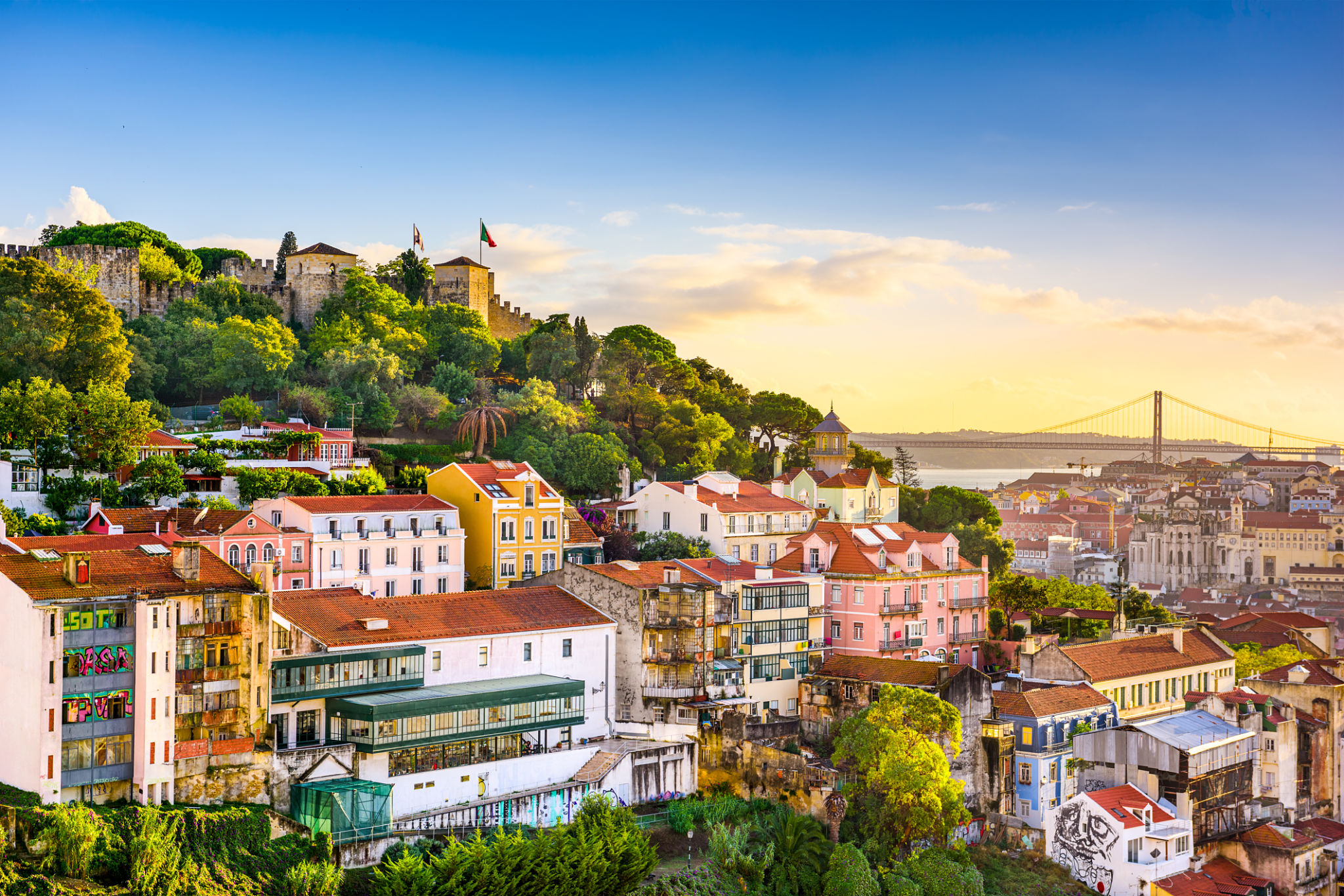Exploring the Architectural Wonders of Lisboa: A Guide for Design Enthusiasts
Introduction to Lisboa's Architectural Charm
Nestled on the scenic coast of Portugal, Lisboa, or Lisbon, is a city that beautifully marries the old with the new. With its rich history, diverse cultural influences, and modern innovations, Lisboa offers a stunning array of architectural wonders that delight design enthusiasts from around the globe. Whether you're captivated by ancient structures or modern marvels, Lisboa has something to ignite your architectural passion.

Discovering the Historic Heart: Alfama
The Alfama district is where Lisboa's historic heartbeat resonates the loudest. As one of the oldest parts of the city, Alfama is a labyrinth of narrow streets, colorful buildings, and traditional Fado music echoing through its alleys. Here, design enthusiasts can marvel at the **Moorish architecture** that remains from the city's past. The iconic São Jorge Castle, perched atop the hill, provides not only breathtaking views but also a glimpse into medieval architectural styles.
Walking through Alfama is like stepping back in time. The district's charm lies in its authenticity, with whitewashed homes adorned with colorful tiles known as azulejos. These tiles are a staple of Portuguese design and can be seen across many buildings, adding a vibrant touch to their facades.
The Grandeur of Baixa and Chiado
In contrast to Alfama's historic ambiance, Baixa and Chiado offer a more refined and elegant architectural experience. Rebuilt after the devastating earthquake of 1755, Baixa is characterized by its grid-like streets and neoclassical buildings. The Praça do Comércio is a must-see, with its grand arcades and elegant yellow facades that face the Tagus River.

Chiado, on the other hand, is where tradition meets modernity. It's a hub for shopping and culture, boasting contemporary architecture alongside historic theaters like Teatro Nacional de São Carlos. This blend of old and new provides a dynamic atmosphere perfect for those appreciative of diverse design styles.
Belem: A Showcase of Manueline Mastery
No exploration of Lisboa's architecture would be complete without visiting Belém. This area is renowned for its Manueline architecture, a style unique to Portugal that combines Gothic elements with maritime motifs. The Jerónimos Monastery and Belém Tower are prime examples of this intricate and highly decorative architectural style.
The Jerónimos Monastery's stunning cloisters, detailed with maritime symbols, reflect Portugal's Age of Discoveries and are a testament to the grandeur of this era. Meanwhile, the nearby Belém Tower stands as a symbol of the country's seafaring history, with its ornate stonework capturing the essence of Manueline artistry.

Modern Marvels in Parque das Nações
For those interested in contemporary architecture, Parque das Nações offers a refreshing contrast to Lisboa's historical sites. Developed for the 1998 World Expo, this area showcases modern design with structures like the Oceanário de Lisboa and the futuristic Vasco da Gama Tower.
The Oceanário de Lisboa is one of the world's largest aquariums and features an innovative design that seems to float on water. Meanwhile, the Vasco da Gama Tower provides panoramic views of the city and exemplifies contemporary architectural elegance.
Conclusion: Embracing Lisboa's Architectural Diversity
Lisboa is a city where architectural diversity thrives, offering endless exploration opportunities for design enthusiasts. From ancient Moorish influences to modern-day innovations, each neighborhood tells a story through its structures. As you wander through Lisboa's streets, you'll find yourself not only admiring its beauty but also deeply connected to its rich historical tapestry.

Whether you're drawn to historic districts like Alfama or modern developments like Parque das Nações, Lisboa promises an unforgettable journey through time and style. Embrace the city's architectural wonders and let your curiosity guide you through this vibrant and captivating capital.
